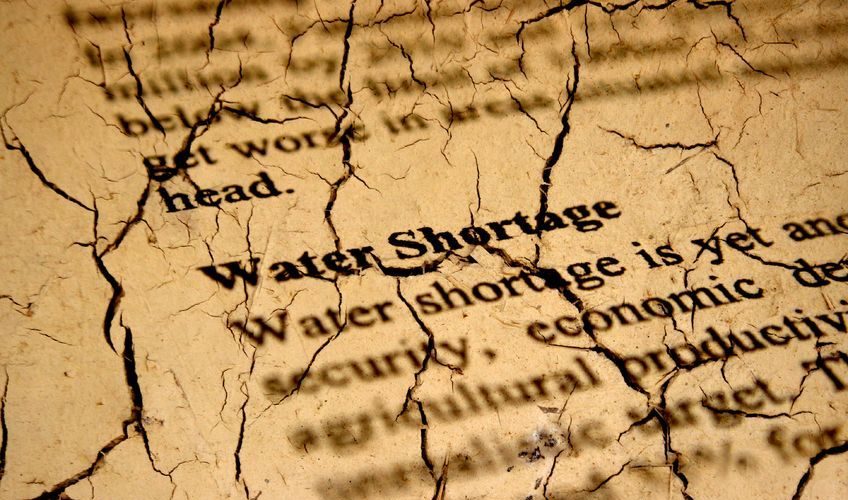When there are water shortages, conservation means seeing lawns dry out and plants die.
But there’s another side this problem as many residents of California are discovering. There are fixed costs in operating a water treatment plant. In normal times this cost is offset by revenues from consumer fees based on water usage. The problem comes up when consumers use less water and the revenue paid to the water treatment plants drops as you would expect. Therein lies the rub – to provide service the water treatment plants must be able to cover their costs, so when the revenue drops what is the most likely course of action? To increase the rates charged for the lower quantity of water used.
This is very true in California today. After Governor Brown ordered communities to cut back their water usage, the water treatment agencies are finding themselves facing significant operating deficits. The AP reported recently that the City of Santa Barbara projected an operating loss of $5 million based on residents cutting water usage by 20%. If that wasn’t a hard enough pill to swallow, the residents of Santa Barbara are cutting back even further. In May they cut back 37% from normal usage. That’s leaving the utility in a real jam and water bills have been rising to make up the difference.
This is a good lesson in economic reality. The books must balance otherwise we might find ourselves in a situation like Greece.
By the way, if you purify your water with a distiller, you are not wasting water in good times or bad.
